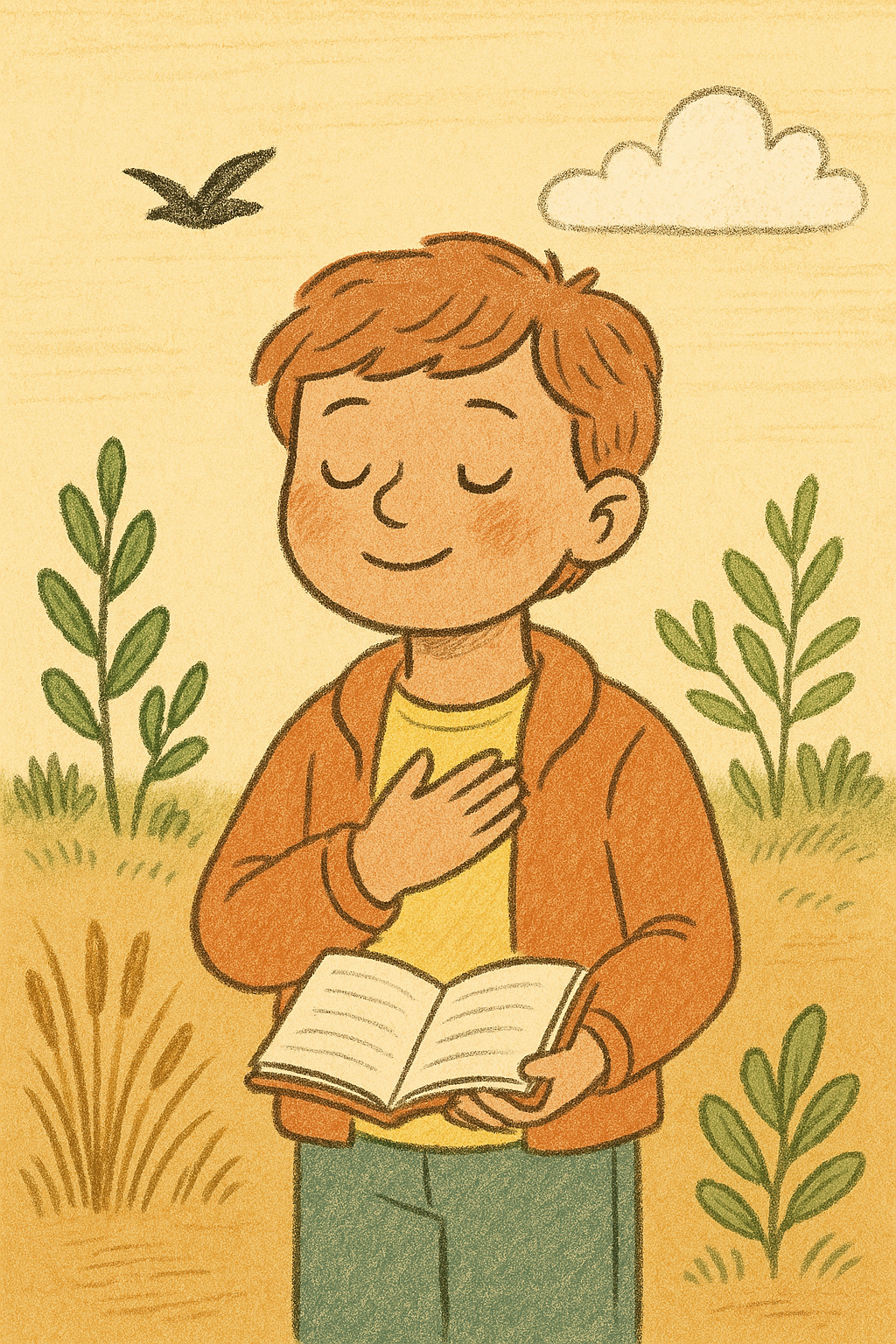Your basket is currently empty!

Teaching Kids Mindfulness in Daily Moments
Mindfulness doesn’t need to mean long meditations or complicated exercises. For children, it works best when woven into small, everyday moments. Simple pauses can bring big benefits—helping kids regulate emotions, enjoy the present, and feel calmer overall.
Imagine a child brushing their teeth, but instead of rushing, they really notice the taste of the toothpaste, the sound of the brush, and the feeling of bubbles on their tongue. Or when walking to school, they pause to observe the colours of the sky, hear birds chirping, or feel leaves crunch underfoot. These little mindful pauses encourage children to slow down, connect with their senses, and appreciate life’s simple joys.
Why Daily Mindfulness Matters
In addition to promoting calm, daily mindfulness builds resilience. Over time, children who practise small, consistent moments of awareness learn to:
- Manage frustration more easily because they catch themselves before emotions escalate.
- Improve patience, since they stay present rather than rushing ahead.
- Reduce stress, because noticing small things helps them feel grounded even in chaotic moments.
Furthermore, parents and caregivers who lead by example strengthen these habits. When adults stop to take a breath, smell a flower, or listen to the wind, children see mindfulness in action. As a result, mindfulness becomes a natural part of family life—not a chore.
Simple Practices to Add in Every Day
You don’t need much to create meaningful moments of mindfulness. Try these easy practices:
- Mindful brushing or washing hands
Encourage children to sense touch, taste, sound, temperature. For example: “Can you feel the warmth of the water on your hands?” - Sensory walks
On the way to school or while out, prompt kids: What colours do you see? What scents drift past? - Mindful eating of one small snack
Pause before eating. Notice texture, flavour, smells. Eat slowly, chewing carefully. - Pause for breathing
Whenever things feel busy, take one slow breath in and out together. - Journaling about small moments
In the evening, ask kids to write or draw something they noticed—a butterfly, the rain, a kind word. Over time, they’ll see how many mindful moments filled their days.
Our Feelings Journal works really well to capture those small mindful moments.
Overcoming Common Challenges
Even when you try to weave mindfulness into daily life, you might face obstacles. Here are some and what helps:
| Challenge | Solution |
|---|---|
| Kids forget to pause | Use reminders—alarms, sticky notes, or a word like “pause” that everyone in the family uses. |
| Rushing schedules | Start with very short moments—10–20 seconds. Build up gradually. |
| Boredom or resistance | Make it playful: use imagination, senses, or turn it into a game. |
| Journaling feels like homework | Let kids draw instead of write. Celebrate observations, not perfection. |
Building a Habit
To help daily mindfulness stick:
- Choose consistent times—maybe before bed, during breakfast, or walking to school.
- Pair mindfulness with other practices such as mindful breathing for kids or mindful listening.
- Make it a family habit—when everyone participates, it feels more natural.
- Keep a visible reminder (wall chart, journal, note) so mindfulness becomes part of the environment.
Long-Term Impact
When children practise mindfulness in daily moments, they gradually build a foundation of calm, awareness, and gratitude. In time, they’ll notice that peace comes not only from big meditations or special events—but from tiny pauses in everyday life. Encouraging daily mindfulness for kids helps them grow emotionally resilient, more attentive, and grateful for life’s small wonders.